Question:1
According to the picture, how should drivers before the traffic light behave?
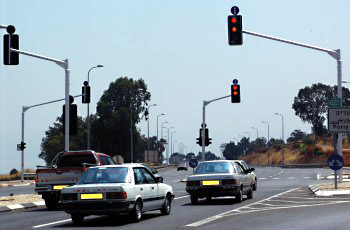
Category : Safety
Question:2
What are the advantages in looking far ahead?
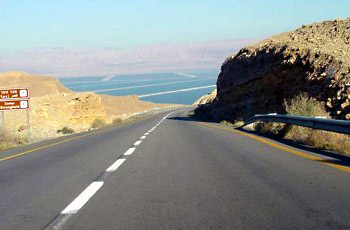
Category : Safety
Question:3
What is the advantage of driving on the right side of the road?
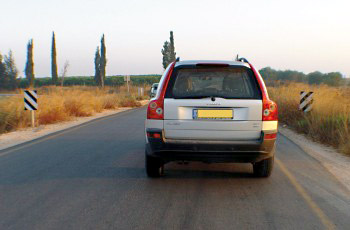
Category : Safety
Question:4
How is it possible to reduce the centrifugal force applied to the vehicle whilst driving?
Category : Safety
Question:5
Can a refreshment break whilst driving lessen the driver’s tiredness?
Category : Safety
Question:6
Driving down a long steep hill on a n Inter-urban road
Category : Safety
Question:7
Is it permitted to overtake according to the situation described in the picture?
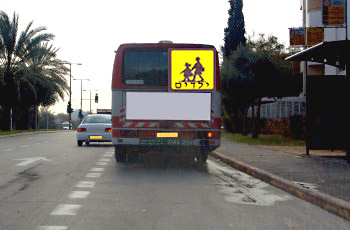
Category : Safety
Question:8
What is the meaning of the term “driving at a reasonable speed”?
Category : Safety
Question:9
What in the conduct of the blue vehicle is improper?
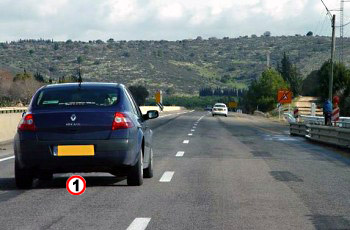
Category : Safety
Question:10
What should be ensured before disengaging the hydraulic oil pipe connectors from the tractor’s attachment or from the tractor’s additional equipment?
Category : Safety
Question:11
“Beer is not considered as an alcoholic drink”:
Category : Safety
Question:12
How can a driver handle the many tasks he needs to perform when approaching an intersection?
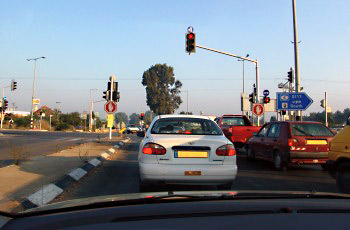
Category : Safety
Question:13
What is the imminent danger in the following road section?
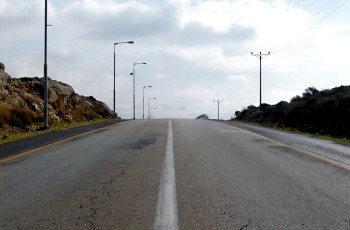
Category : Safety
Question:14
How would you avoid hitting the pedestrian in the picture?
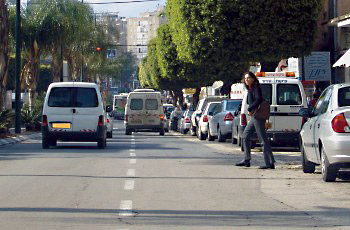
Category : Safety
Question:15
According to the following picture you are obliged to:
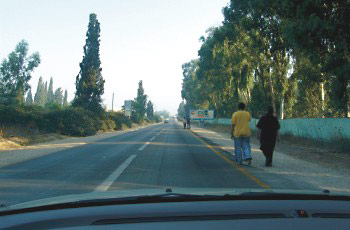
Category : Safety
Question:16
How should one change lanes?
Category : Safety
Question:17
How would you respond to the indications in the following picture?
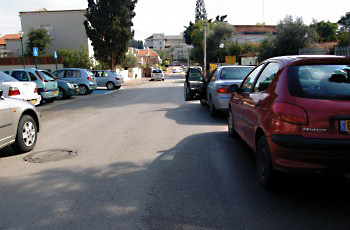
Category : Safety
Question:18
How are you required to conduct yourself according to the situation depicted in the following picture?
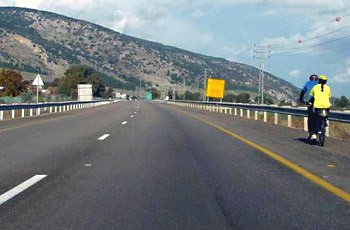
Category : Safety
Question:19
What are you required to do when the truck in the picture enters your driving lane?
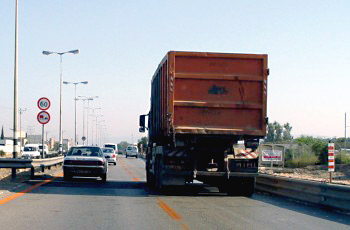
Category : Safety
Question:20
What measure is it important to take before stepping on the brake pedal in order to slow down or to stop?
Category : Safety
Question:21
Under which conditions is it advised to turn on the lights during the day?
Category : Safety
Question:22
According to the picture, how are you required to conduct yourself when driving on the roadway?
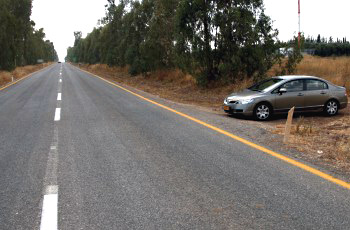
Category : Safety
Question:23
When driving in reverse:
Category : Safety
Question:24
What is the distance we are required to keep from the vehicle in front of us while driving?
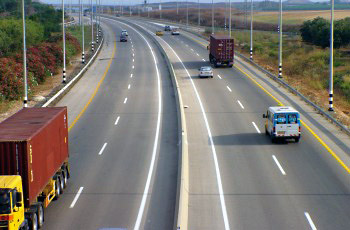
Category : Safety
Question:25
From which side should a driver approach his vehicle before entering it?
Category : Safety
Question:26
What is the proven and recommended method for keeping proper distance from the vehicle driving in front of us?
Category : Safety
Question:27
What effective solution for tiredness is available to the driver?
Category : Safety
Question:28
How can we overcome the problem of tiredness while driving?
Category : Safety
Question:29
What conduct can be expected from the vehicles in the following picture?
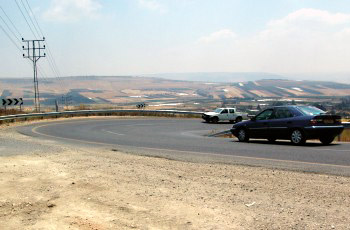
Category : Safety
Question:30
What is the risk in braking while being forced to pull onto the “hard shoulder”?
Category : Safety

